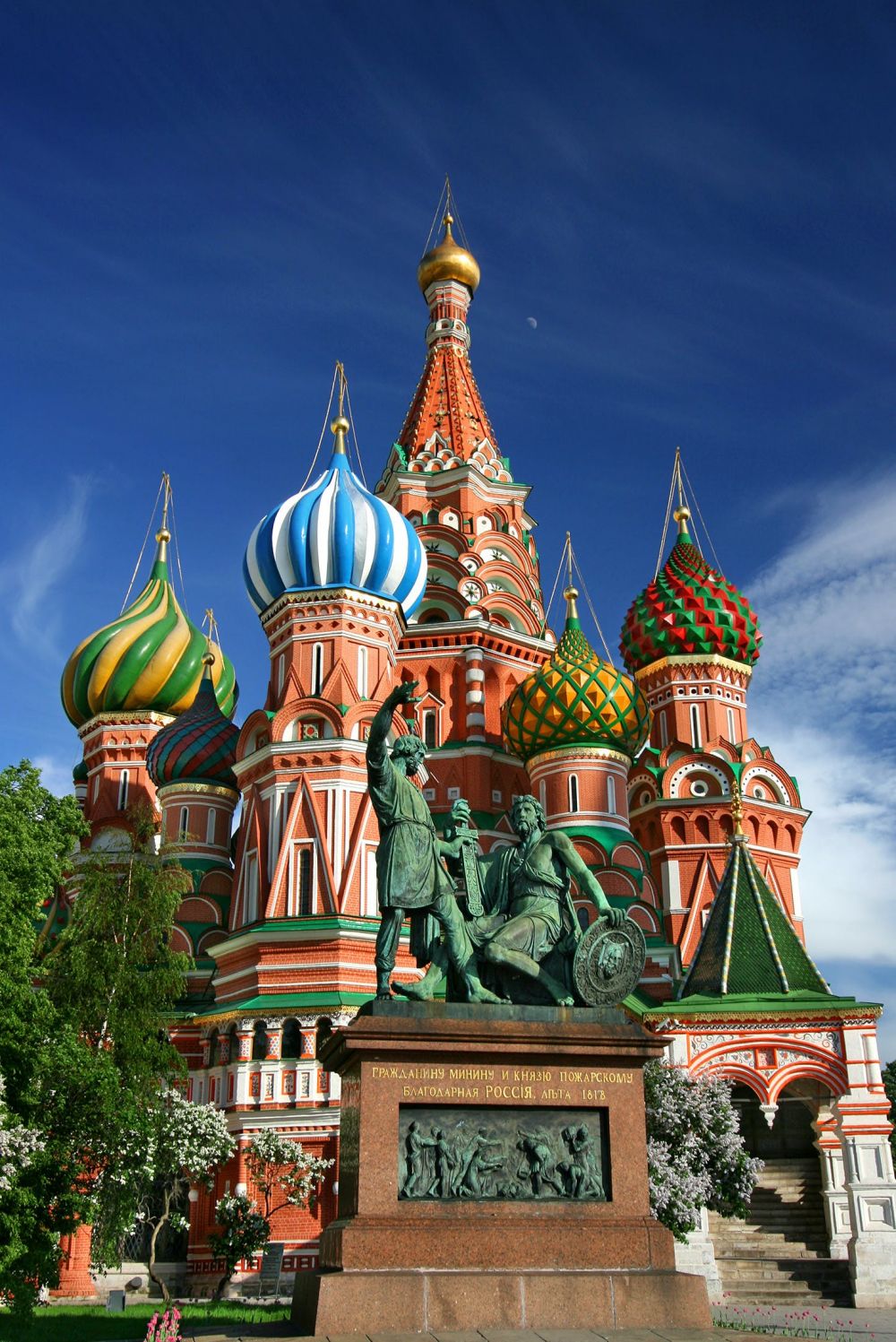Edgar Allan Poes The Raven: A Timeless Masterpiece

Introduction:
“The Raven” by Edgar Allan Poe is a renowned and haunting poem that has captivated readers for generations. This dark and mysterious work of literature is an epitome of Poe’s signature gothic style and is considered one of his greatest achievements. In this article, we will delve into the depths of “The Raven,” exploring its significance, dramatic development over time, and its enduring appeal to art lovers and collectors alike.
1. The Enigma of “The Raven”:

“The Raven” was first published in 1845 and quickly became Poe’s most famous piece. Set in a chamber on a “bleak December,” the poem revolves around a heartbroken narrator and a talking raven that repeatedly utters the word “Nevermore.” It explores themes of loss, grief, and the human fascination with the supernatural. Poe masterfully creates an eerie atmosphere and employs vivid imagery to evoke a sense of dread and despair.
– The Poetic Structure: Poe uses trochaic octameter, creating a rhythmic and melancholic flow. The repetition of certain phrases, like “nevermore,” intensifies the poem’s haunting nature and serves as a refrain, emphasizing the narrator’s torment.
– Symbolism and Allegory: The raven itself is a symbol of the narrator’s inner turmoil and represents the inevitability of death. The gloomy setting reflects the narrator’s state of mind, and the raven’s repetitive response serves as a relentless reminder of his despair.
2. Historical Evolution of “The Raven”:
“The Raven” has evolved significantly over time, with numerous adaptations in various forms of media, including film, theater, and music. Its enduring popularity has inspired countless artists and continues to captivate audiences today.
– Impact on American Literature: “The Raven” is often hailed as a cornerstone of American literature. It exemplifies the dark romanticism movement and influenced other prominent writers like H.P. Lovecraft and Stephen King. Its popularity also helped establish Poe’s name as a renowned literary figure.
– Literary Criticism: Over the years, “The Raven” has invited speculation and analysis from literary critics worldwide. Scholars have explored its themes, interpretation, and its personal significance for Poe himself. These analyses shed light on the depth and complexity of the poem.
3. The Eternal Allure of “The Raven”:
“The Raven” continues to resonate with art enthusiasts and collectors due to its inherent artistic and literary qualities.
– Visual Representations: The poem has inspired numerous visual adaptations, ranging from traditional illustrations to contemporary artworks. Artists have sought to capture the essence of Poe’s words through their unique interpretations.
– Incorporating “The Raven” into Music and Theater: The poem’s rhythmic nature and dramatic storyline make it a natural fit for musical and theatrical adaptations. Composers, such as Tchaikovsky and Rachmaninoff, have incorporated it into their compositions, while theater productions have brought the poem to life on stage.
– Collecting Poe Memorabilia: For avid collectors, possessing authentic Edgar Allan Poe memorabilia, such as first edition books or handwritten manuscripts, holds great value. Items related to “The Raven” – from original publications to rare illustrations – are highly sought after and contribute to the fascination surrounding Poe’s work.
Conclusion:
“The Raven” remains a masterpiece of gothic literature, captivating audiences with its haunting tale and evocative imagery. Through its historical evolution and enduring allure, this iconic poem by Edgar Allan Poe continues to engage and inspire art lovers and collectors around the world. As we delve into the depths of Poe’s creation, we are reminded of the endless possibilities for artistic interpretation and the lasting impact of his literary contributions.
Sources:
– Poe, Edgar Allan. “The Raven.” 1845.
– Silverman, Kenneth. Edgar A. Poe: Mournful and Never-Ending Remembrance. Harper Perennial, 1991.
– Peeples, Scott. Edgar Allan Poe Revisited. Twayne Publishers, 1998
FAQ
How has The Raven evolved over time?
What is The Raven by Edgar Allan Poe?
Why does The Raven continue to resonate with art enthusiasts and collectors?
Flere Nyheder
De mest indflydelsesrige kunstnere i dag og deres bidrag
Introduction: “The Raven” by Edgar Allan Poe is a renowned and haunting poem that has captivated readers for generations. This dark and mysterious work of literature is an epitome of Poe’s signature gothic style and is considered on...
02 oktober 2025
De mest fascinerende kunstværker skabt med kunstig intelligens
Introduction: “The Raven” by Edgar Allan Poe is a renowned and haunting poem that has captivated readers for generations. This dark and mysterious work of literature is an epitome of Poe’s signature gothic style and is considered on...
02 oktober 2025











